In Britain we are accustomed to seeing the idyllic scene of a kingfisher holding a tiny fish in its beak, perched on a ‘No Fishing’ sign. Iridescent colours sparkling in the morning sunshine. But if we head to the land Down Under we find that not all kingfishers are such delicate gems. Australia boasts the largest member of the kingfisher family – the Laughing Kookaburra.
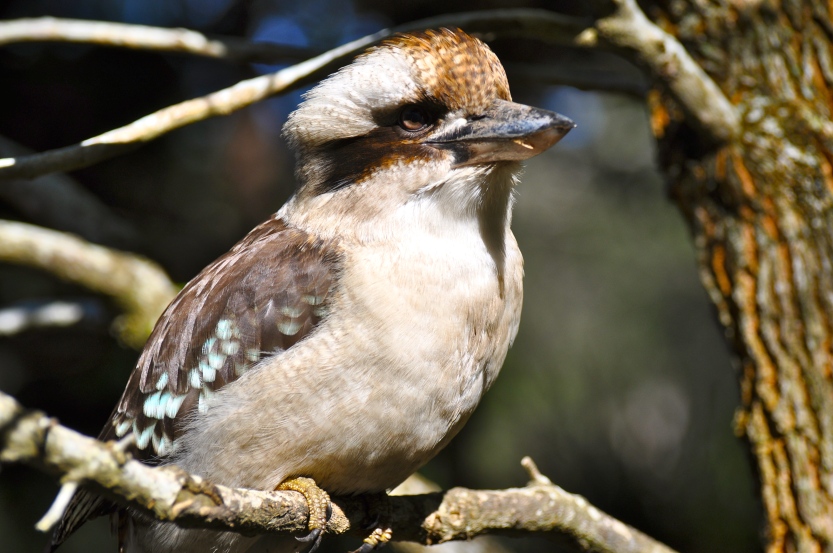
As a child, I had seen kookaburras in a zoo. My great memory of them being my mum and nan, standing by an aviary waiting for the bird to ‘laugh’. As it let out its raucous cackle my mum and nan would collapse laughing. Those moments stay with you forever.
What I hadn’t realised until I moved to Sydney, Australia, was that these birds, as well as being birds of the bush, could also be seen around town. I hadn’t been living there for long when I had my first urban encounter. I walked to the bus stop by a small park for my morning commute, when I heard the cackle that I had not heard since childhood, back in that zoo. I looked up in astonishment to see a plump kookaburra perched on top of a light post above my head.
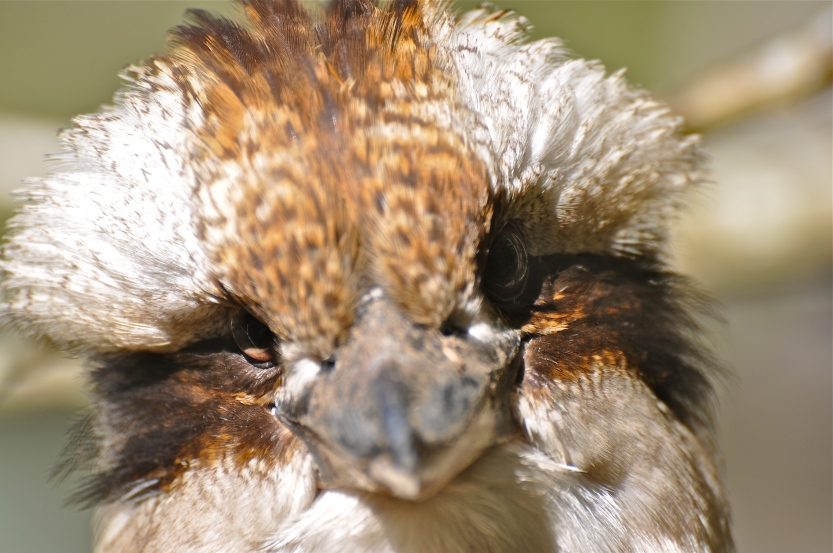
The kookaburra gets its name from the Aboriginal word of the Wiradjuri people, of the area now known as New South Wales, ‘Guuguuburra’. It is said to refer to the sound of human laughter.
The kookaburra unleashes its famous call just before sunrise, which has led to it being nicknamed The Bushman’s Clock. In aboriginal legend it is the call of the kookaburra that alerts the people of the sky that it is time to light the great fire (the sun) to warm and nourish the earth.
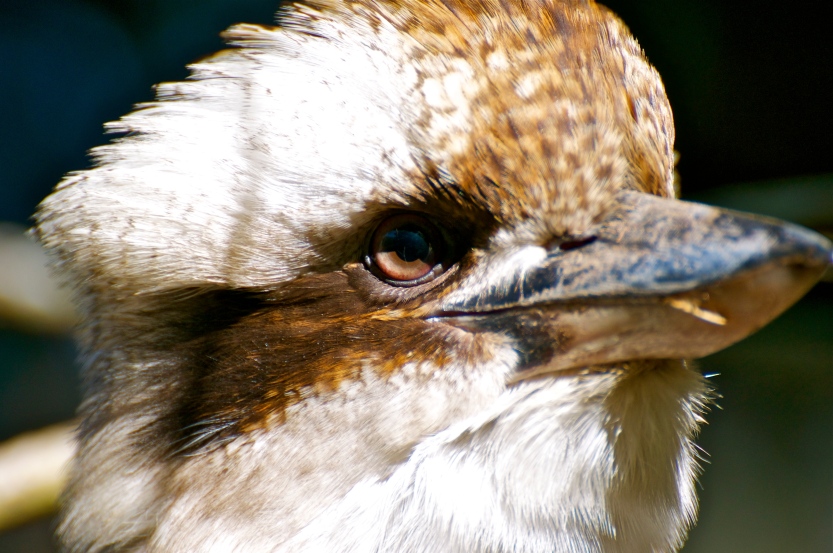
Despite the birds engaging and disarming laughter, the kookaburra is a fierce predator and an opportunistic scavenger. Feeding on a diet of pretty much anything that moves that they can fit in their beak, the kookaburra keeps watch from a perch above, before swooping down to catch its prey. Regular meals include lizards, snakes, frogs, crayfish and even small birds and mammals. It is not uncommon to see an Australian sat on a bench flicking balls of minced beef or pet food to a grateful glutton.

The kookaburra is a robust bird. A solid kingfisher that hits a perch hard as it lands. Adult birds can grow up to 45 cm (18 inches) in length, weighing in at up to 455 grams (16 oz). Captive birds have been recorded as living for 20 years.
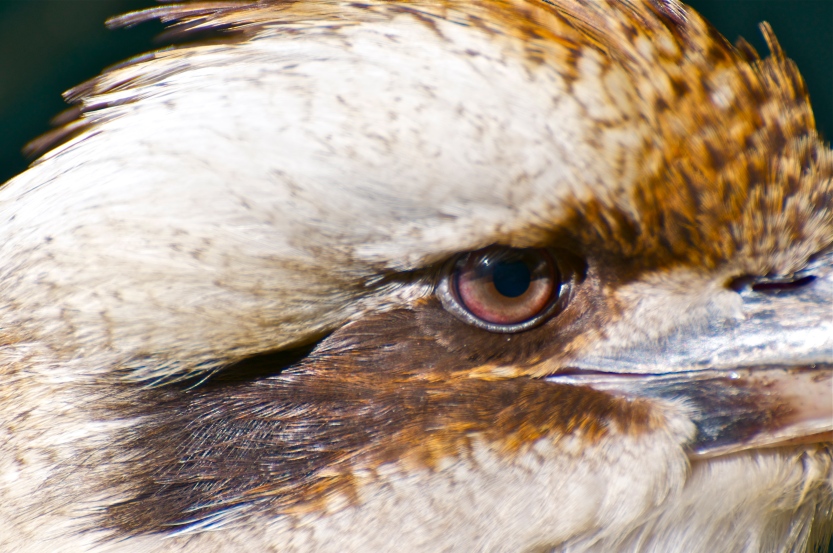
The feisty bird in these photographs was relaxing in the morning sunshine in a small park south of Sydney. I walked over slowly and started snapping photographs. The kookaburra looked at me with utter disdain. I lowered the camera and approached a little closer, then closer still. This wild bird showed not one bit of concern. Finally, I reached up and gently stroked its back. The kookaburra hopped round to face me, gave me a look of disbelief that this idiot human could be so presumptuous as to stroke it without asking. It lashed out at me with its dagger-like beak but quick reactions meant I escaped with a mild flesh wound. No doubt about it, I deserved it!

Originally inhabitants of the eucalyptus forest of the east coast of Australia, the kookaburra is one of those birds that has created its own success story. Despite suffering the same habitat loss as many of the fauna that it evolved alongside, it has thrived and remains listed as ‘Least Concern’.
A few days before leaving Australia, while traveling in northern Queensland, I was lucky enough to catch a glimpse of the considerably more elusive Blue-winged kookaburra. As exciting as this unexpected sighting was, it is the good old, common or garden Laughing kookaburra that I miss. Its laugh, its curiosity and its bad attitude made for a delightful incidental wildlife encounter.
If you enjoyed this post, please follow Incidental Naturalist.
Comments below are welcomed.
Help others to connect with wildlife experiences by sharing this post on social media.
Categories: Australia
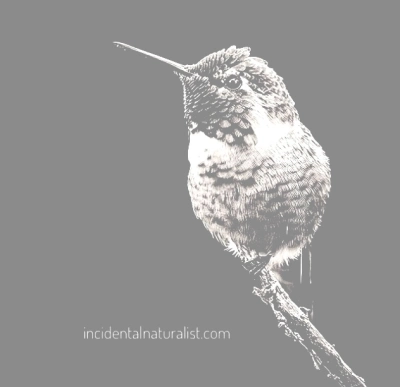


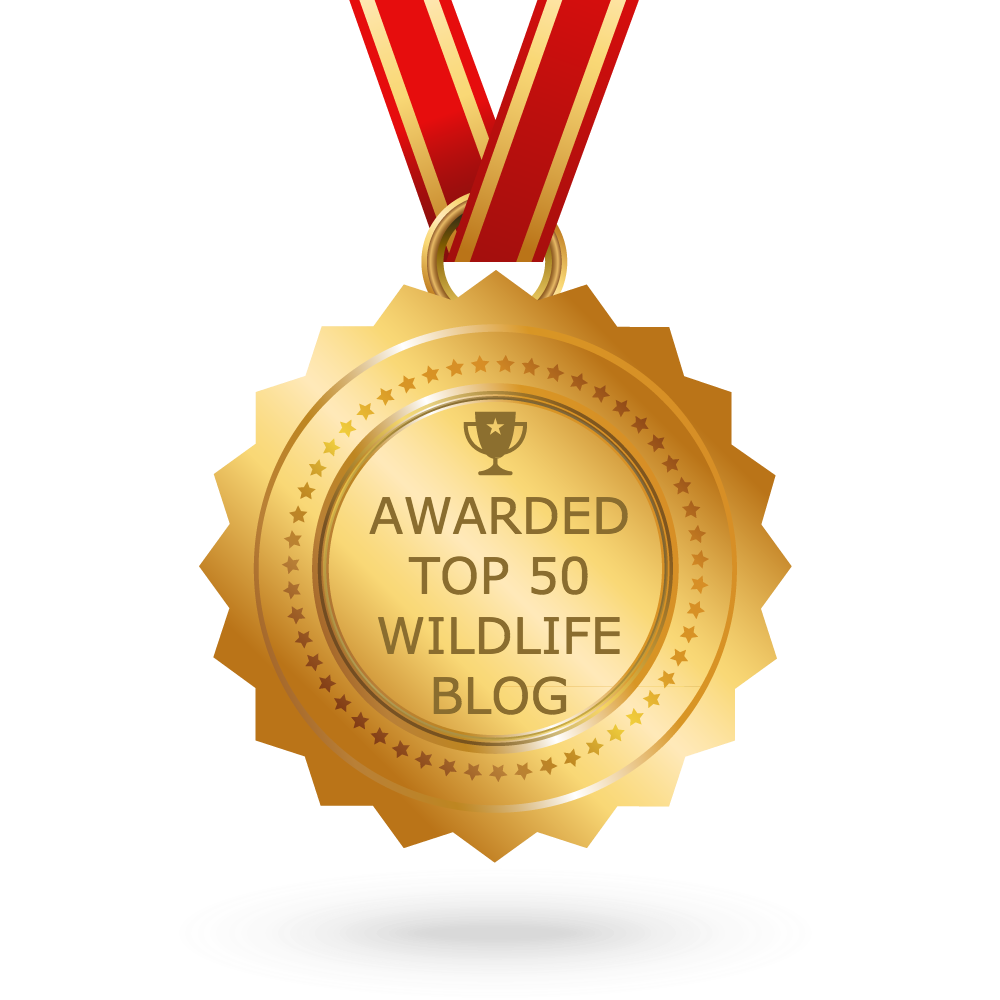

These photos are incredible!
LikeLiked by 1 person
Thank you so much!
LikeLiked by 1 person
Another great post. The first time I heard a Kookaburra was when I was visiting with my brother in Queensland – I had no idea what I was hearing. Incredible!
LikeLiked by 1 person
Thank you! Those Aussie birds make some great sounds!
LikeLike
Really interesting post. Thoroughly enjoyed reading it.
LikeLiked by 1 person
Thank you for the kind comment.
LikeLike
Wonderful photos David. I wish I’d managed to get any even half as good. I now live in Canada, but I grew up in Australia so the kookaburra and it’s raucous laugh are very familiar. I even got to be able to imitate it quite well. And every time I go back it’s the sound, along with the screeching of the parrots, that lets me know I’m really home.
Alison
LikeLiked by 1 person
Thank you, Alison! It really is a wonderful sound isn’t it. Sometimes it would wake me up a dawn on the weekend but I was never sorry. It was a privilege to hear it. For me those kookaburra and the Aussie magpie are the soundtrack of the country.
LikeLiked by 1 person
Ah the magpies! Such a glorious song. Apart from the kookaburra (who would seem to fall into a separate category) it seems the birds of Oz can’t have it all – either they have spectacular plumage but screech like a banshee, or they’re plain old black and white and have a song fit for angels.
A.
LikeLiked by 1 person
That is an excellent observation!
LikeLiked by 1 person
David, what a great story. How wonderful to have a memory with three entwined laughs: Mom, Nan, & Kookaburra!
LikeLiked by 1 person
Hi Roberta, thanks for another encouraging comment. Really, wonderful memory!
LikeLike
Hi David,
Lovely shots. We also have Kookaburra’s on the West Coast of Australia but they shouldn’t be here – a relatively recent introduction.
Worth mentioning they also can count as prey sausages eaten straight off a barbie!
I just finished reading the re-released Tim Low book “The New Nature” – its got some bits about Kookaburra’s and quite a challenging read for an naturalist with an interest in Australia.
Cheers Ry
LikeLiked by 1 person
Thanks for the additional information! It doesn’t surprise me that these opportunistic guys would take advantage of the barbie! I’ll check-out that book, thanks!
LikeLike
Wow!! LOVE their crazy laughter sound! Thanks so much for including that link, David =) I was literally thinking I’d look up their sound a few seconds before saw your link included. And you actually got close enough to pet one! That’s amazing! Glad it was only a small flesh wound ; p Wonderful photos. Love the fierce face!
LikeLiked by 1 person
Hi Lara, that laugh is amazing isn’t it? Ha, I could have lost a finger to that beak! 😉 Thanks for the kind comment!
LikeLiked by 1 person
Glad no fingers lost! I shared that link and your intrepid petting of the Kingfisher with my parents; the sound amazed them! As did your attempt to pet the bird ; p Love your stories – thank you!
LikeLiked by 1 person
Wonderful post! Thank you.
LikeLiked by 1 person
Thanks for the kind comment!
LikeLike
Beautiful photos
LikeLiked by 1 person
Thank you!
LikeLike
I so enjoyed this blog post as we often have a Belted Kingfisher couple on our pond diving for small bluegills and “rattling” loudly at us if we disturb them. I had no idea the Kookaburra was a kingfisher and the childhood song “Kookaburra sits in the Old Gum Tree” makes sense now as it speaks of it laughing. Very fun and interesting! Thanks David.
LikeLiked by 1 person
Thanks for the encouraging comment! They are so unlike the other kingfishers around the world. That kookaburra song was certainly one that my son has heard a few times! 🙂
LikeLiked by 1 person
Everytime I hear one, I can’t help laughing along with it!
LikeLiked by 1 person
We often have kookaburras visit us. They’re such beautiful birds. Another fabulous post with great pictures. Cheers from down under
LikeLiked by 1 person
Thanks Miriam! I miss seeing these engaging birds and regret not spending more time pointing a camera at them while I lived in Australia.
LikeLiked by 1 person
You’ll just have to come back. How long did you live here for?
LikeLiked by 1 person
I lived in Sydney for 3 years. I’d love to come back some day. What a wonderful country!
LikeLiked by 1 person
It really is. I feel incredibly blessed to live here. Hope you make it back one day.
LikeLiked by 1 person
Thank you, Miriam!
LikeLiked by 1 person
Just found this page after watching British war movie “They Who Dare” (1954). I was rather surprised to here the distinctive kookaburra calls more than once in the movie, even though there is no record on IMDB or Wikipedia about any shooting in Australia – they claim England (studios), Malta and Rhodes (Greece).
Either (1) they DID shoot some scenes in Australia, (2) they used a “bush” sound track that happened to be Australian, or (3) there are other birds in Europe that sound exactly the same. Any ideas?
LikeLiked by 1 person
Good spot, Chris! Having heard all kinds of foreign birds in the background of some of my wife’s shows, such as Downton Abbey, and having had a chance to walk through the old BBC sound effects studio when it was still on vinyl, I would bet that it was a sound track error. Pretty big error to put a bird as distinctive as a kookaburra in a European war scene.
LikeLike
KOOKABURAH/ in India is called NEELKANTH /kingfisher with blue neck.
it is rarely seen. esp. on dushera days it keeps herself hidden somewhere on the trees etc.
it is dive trait to catch fish is nice. i thought me or indians are eager tosee this lucky bird. but
people in uk, australia also believe it is a mascot. brings luck and money good journey etc.
i understand from my experience that when yousee her you will get money within 7 days.
humming bird black with blue plummage is also mascot and gives money in 7-10 days when you see it.
theyare fund on trees, gardens, electric post, water etc…….singh from india
LikeLiked by 1 person
Thank you for the comment, Singh! The bird that you call Neelkanth I know of as the Indian Roller. A magnificent bird! I hope to see it someday. I think that the Hummingbird that you speak of is what I recognise as a sunbird. I have seen some sunbird species on the Asian continent and they are one of my favourite birds on the planet! I’m not sure that they brought me money, but seeing them was reward enough. Best wishes, David.
LikeLike